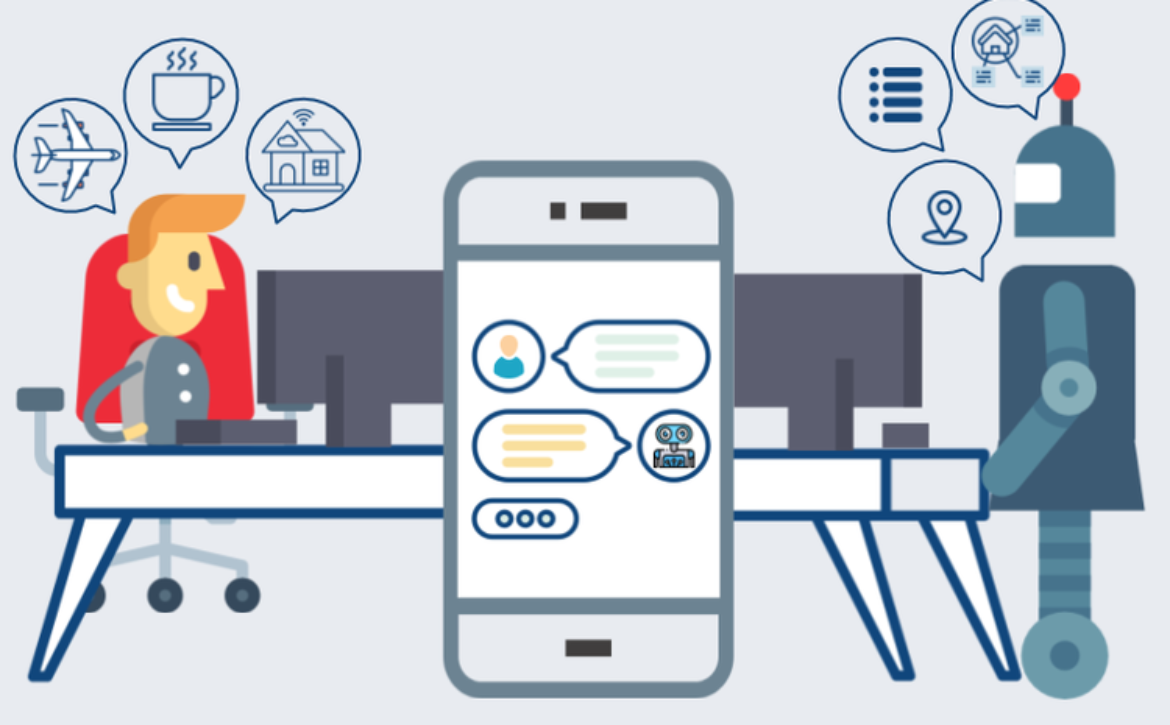A Design Consultancy: The Tim Design Perspective
Developing from the design perspective activates impactful messaging from a brand. As a global digital consultant, I work with a variety of clients to develop branding, graphic and web design that elevate brand messaging and overall design. In my experience, an effective brand vision is ideally portrayed from a visual design perspective from a design system created with several components in place. It is important to take a contextual approach with visual and narrative creative assets in mind. User personas, journeys, and pathways are then developed throughout the design phase with focus placed on the aesthetic and how it will reflect the brand.
My Process
Leveraging research, creativity and strategy is key when evaluating company opportunities and brand design requirements. In a collaborative, iterative process, attention to color, voice and tonality are combined in developing a suite of creative assets for the client. Best-practices and proven solutions lead to a truly user-centered and designed focused experience. Driven by both skill and magic, my approach generates engagement at just the right moment by creating connections and authentic brand resonance.
Enhancing User Experience Through Design
User experience and design process work together to create significant messaging. The user-centered perspective is the starting point in web design and brand development. Designing for the user creates experiences that are impactful and emotionally engaging. Brand interaction design is both an art and a science to create an end result that is impactful for the audience and brand itself.
Creating an Impactful Brand
Developing a brand begins with mapping the brand value propositions and experiential touch points, while identifying user personas and core objectives. Everything from documents, office supplies, and other forms of internal communication can be designed to unite your company. Having a consistent brand aesthetic is critical for visibility in the marketplace, building relationships, engagement and conversion.
Developing from Design Perspective
I design marketing material for the brand audience and consumers. Often times there can be a disconnect between the brand and the audience, simply based on design integration. Creating these key design components builds brand authenticity and value for the audience when presenting a brand to the marketplace.
It is important for a brand to position itself as an expert in the products or services offered by developing validators through design. Creating these touch points create relationships with consumers, develop trust and impact conversion rates.





